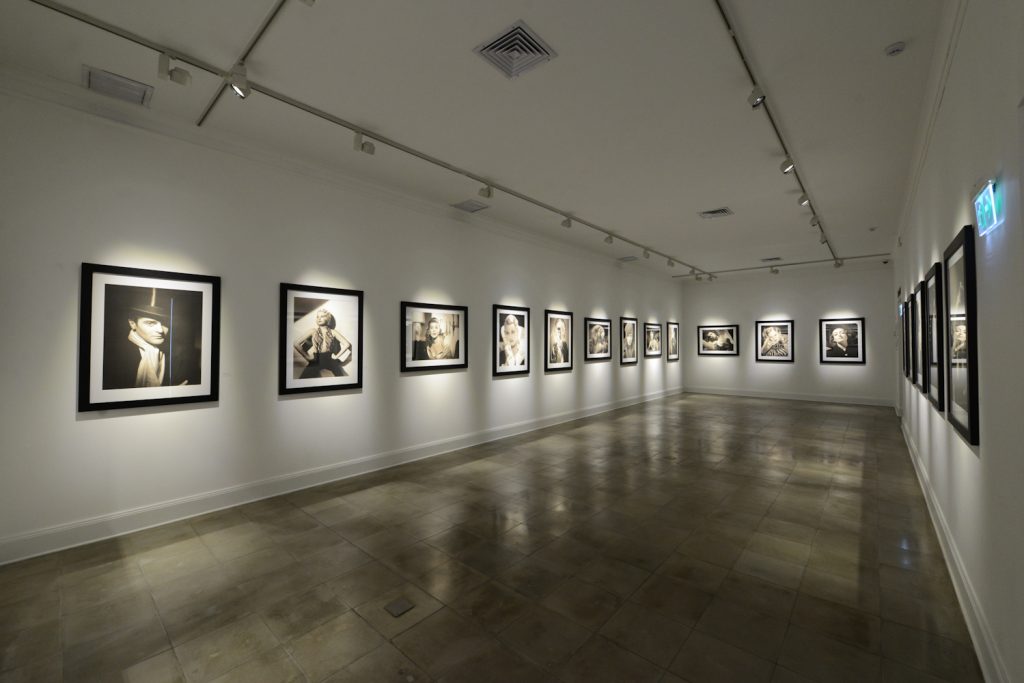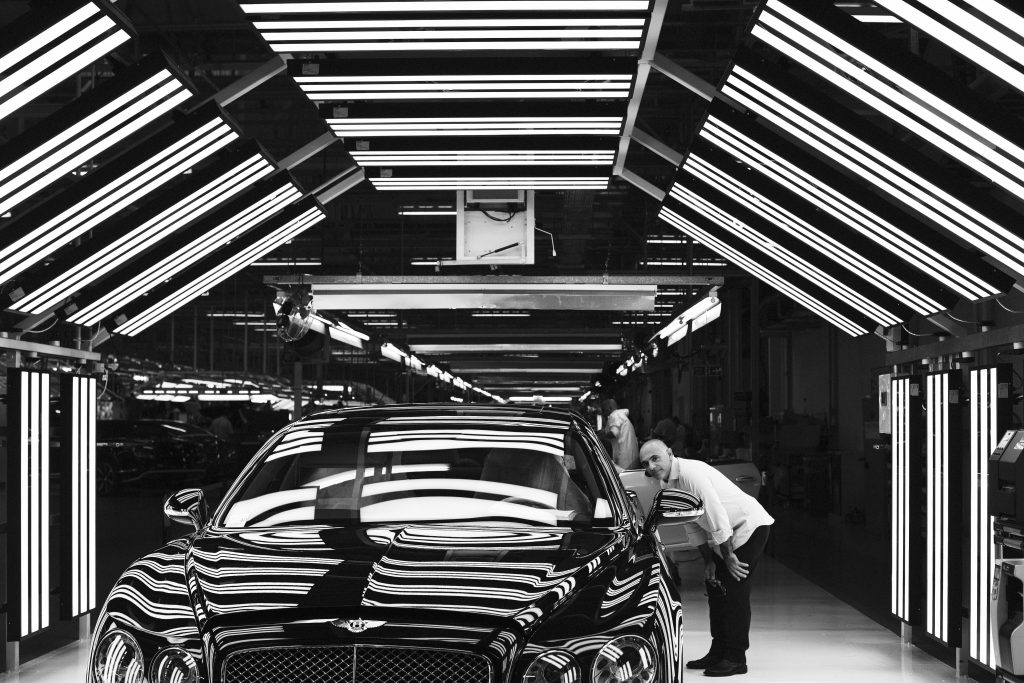← Back
CHARLOTTE REY & DUNCAN CAMPBELL, Creative Directors
Interview, 4 July 2017
Meet the London-based creative duo that have some of the world’s most esteemed legacy brands seeking their advice on creative direction, design and branding.
A neatly decorated and carefully furnished apartment in Camden serves as the office for the creative consultancy Campbell-Rey.
The flat is owned by Edinburgh-native Duncan Campbell, who met his partner Charlotte Rey, hailing from Malmö, Sweden, when they both worked as editors for ACNE Paper in Paris a little more than a decade ago. While working in Paris, it didn’t take long before the young duo’s eye for visuals and curation became highly sought after outside of their jobs as editors. As their extra curricular consulting for other brands became overwhelming the two started planning for a life as independents. Today they run their creative consultancy Campbell-Rey out of London and have already been doing work for major heritage brands such as Bentley, Baccarat, Bulgari and Coach.
We caught up with the duo to hear about their past, their visions for the future and what it takes for modern brands to stand out and make their mark in a world of constant noise.
Where did you guys first meet?
– We met in Paris in 2006 working as interns for Acne Studio’s culture publication Acne Paper. In time we became editors, which we were for a few years before we set up our own company Campbell-Rey in the beginning of 2014. Our work has always been grounded in culture and an appreciation of the handmade, as well as a sense of fun and irreverence, but with some variation in the output. We don’t make a huge distinction between creating an interior, a piece of furniture or object, an installation or book or a film or even a new identity for a client, it’s more the approach and our creative universe that runs like a thread throughout our work.

What were some of the most valuable lessons you learned at Acne Paper?
– Thanks to our background working on Acne Paper in a very small team, we have always been involved with every stage of the creative process. That spirit continues today and when we design, we’re not only thinking about the product, but also about how it will be presented, who will use it, how we will launch it and what the pictures will look like. So for us it’s a holistic approach to design and creation that is instinctive, because we’ve never had the luxury of working in any other way.
How was it juggling your studies and the editorial work at the same time?
– Busy! (laughter) But also very fun and rewarding as we could take what we learned in school and apply it directly in our day-to-day work.
CQP: At what point did you agree to set up your own shop?
– In the end of 2013 we were ready to start something new so we took the leap and set up in the beginning of 2014. We were already consulting with a few other brands so the foundation was already there and felt inspiring and stable enough to walk out upon.
After working with so many successful companies during your time together – what would you say are some of the essential factors that determine a company’s longevity?
Charlotte: – Its authenticity and its
“We want to create things that make the user think, that are made beautifully and that fulfil the purpose for which they were imagined”

I read a quote by Duncan from a previous interview where you said: “If something is cool then by definition it will be uncool one day. If it’s good, then it can be good forever.” Are there enough up-and-coming brands who take this philosophy into consideration when building their identity?
Duncan: – I think we’re lucky enough to work in a situation where we are often given a lot of freedom by clients to answer the question that we’re presented with. As Charlotte said earlier, the output may vary, but we would like to think there is a sensitivity and perhaps a wit to the work that is continuous. The idea of something being cool doesn’t really occur to us on a day-to-day basis. We want to create things that make the user think, that are made beautifully and that
Where do you find inspiration outside of work?
Charlotte: – We take a lot of inspiration from our travels and by making the effort to seek out, find and visit what we believe are interesting things to see. Houses, museums, gardens, galleries, extraordinary people, buildings, parks, sculptures, restaurants

“We take a lot of inspiration from our travels and by making the effort to seek out, find and visit what we believe are interesting things to see”
With so many consultancies around today, especially in London where you are based – could you name three traits a modern firm needs to have in order to remain on top.
Duncan: – I guess it depends on how you measure success. As we’re part of a time where the creative industries are becoming more and more interdisciplinary, it’s difficult to define what makes one more successful than the other as we are generally moving towards a more collaborative approach rather than a competitive one.
Charlotte: – Flexibility would definitely be something we feel is important, to have the ability to respond to the market and the fact that our industry is in a constant state of flux. At the same time, this is balanced by the need for a consistent point of view. Of
You’ve just launched your own first furniture line at the Salone del Mobile in Milan, can you tell us about the decision to venture into design?
Duncan: – We work as a creative consultancy and a design partnership. On the consultancy
Charlotte: – In 2015, we wrote a book about the value of contemporary craftsmanship which was published by Gestalten, and last year many roads convened and we started to think more about designing physical objects ourselves and received a few commissions on the back of that. We have always been fascinated by materiality, and the allure of the handmade so it felt like a natural progression for us to take what we had learned working for other people and apply it to designing for ourselves.
Duncan: – Our first design commission was a punch bowl for the Punch Room bar at the London EDITION Hotel, which we launched during the London Design Biennale. The design took as its starting point the five original ingredients of punch, and then we formulated the interplay of the forms and
Charlotte: – For the holiday season 2016, we designed a limited edition Christmas gift for American furniture e-commerce company 1stdibs, which was an irregular-shaped interlocking salt and pepper holder in glass in two

What is currently in the pipeline for Campbell-Rey?
Duncan: – We’re continuing to explore glass as a medium with Laguna B as well as working on some more tabletop objects that will be for sale on our 1stdibs.com store. We have also started to develop a capsule collection of lighting that we plan to launch towards the end of the year. We’re working on our first retail space in London’s Marylebone, which will open in September, and collaborating with an Italian mosaic brand as well as working on a few projects for London Design Biennale.
For more please visit:
http://www.campbell-rey.com